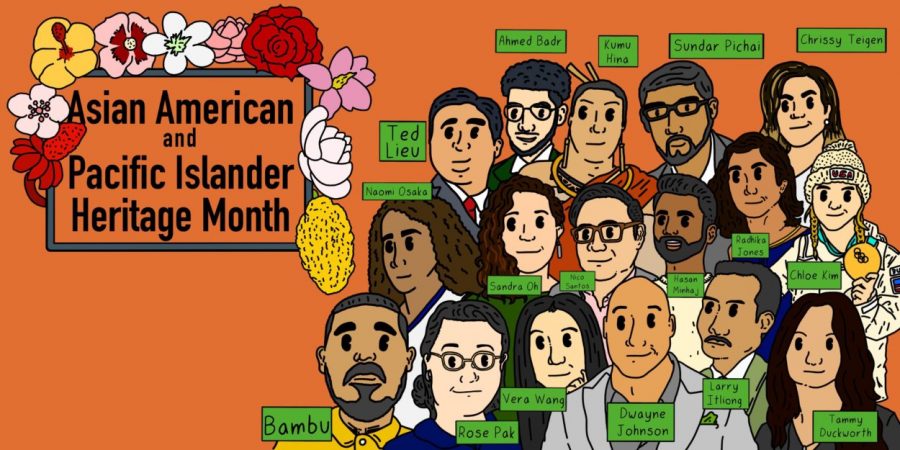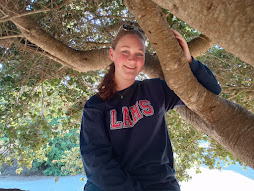Numerous Cultures Celebrated Under One Month
An illustration for AAPIHM of famous Asian Americans and Pacific Islanders.
May 17, 2021
Asian American and Pacific Islander Heritage Month- it may be a mouthful, but it has a lot of meaning behind it. During the month of May, Pacific Islander and Asian American contributions to America and their roots and cultures are celebrated and recognized.
The official abbreviation for this heritage month is AAPIHM. “In 2009, former President Obama changed the official name. Asian Pacific American Heritage Month (APAHM), is now officially Asian American and Pacific Islander Heritage Month,” states NYXT, an online platform and cable channel.
“If there’s something commonly known throughout the students,” states seventh-grade student and ASB member Trent Massey, “then [ASB tries] to change it and teach [them] something new.” Massey was one of the students who helped coordinate this event of cultural recognition. He explains that the goal is to inform people about different backgrounds throughout the world.
Asian culture has had an influence and an impact on the U.S., from art to food and everything in between. Popular Asian food dishes include Kung Pao chicken, Satay, Tom yum and Peking duck. There are also many different types of art that originated in Asia. These include woodblock printing, shadow puppets, bronze work and some forms of calligraphy.
Pacific Islander culture can also be seen in our communities. Their art can take the form of wood and stone carvings and statues. Common foods among the Pacific Island cultures include coconut milk, roast pork, sweet potatoes and tropical fruits.
Another unique factor about Pacific Islander art is their forms of dance, such as the haka and the hula. “The haka is a type of ceremonial Māori dance or challenge,” according to 100% Pure New Zealand. “Haka are usually performed in a group and typically represent a display of a tribe’s pride, strength and unity.” The hula was developed in the Hawaiian Islands; Ka’Imi Na’auao O Hawai’i Nei Institute states, “Various places, among them the islands of Hawai`i, Moloka`i, O`ahu, and Kaua`i claim to be hula’s birthplace, and link its beginnings to a number of gods and humans.”
McAuliffe choir teacher Mrs. Wallace will be teaching students how to perform these dances during the heritage month event. “I’ve always found other cultures fascinating,” she remarks. “The haka is a very powerful dance.” She adds that the hula is an intricate and smooth, yet strong dance. Hula/Haka lessons will be taking place on May 20 and 21 after each cohort in the MPR, which is next to room 73.
Overall, celebrating different cultures during the year can enrich and educate. Asian American and Pacific Islander Heritage Month is a special time to recognize the Pacific Islander and Asian roots in our communities.



Addie Bousard • May 20, 2021 at 4:08 pm
Great job Katie! I’m ready to go try some new Asian/Pacific Islander dishes.